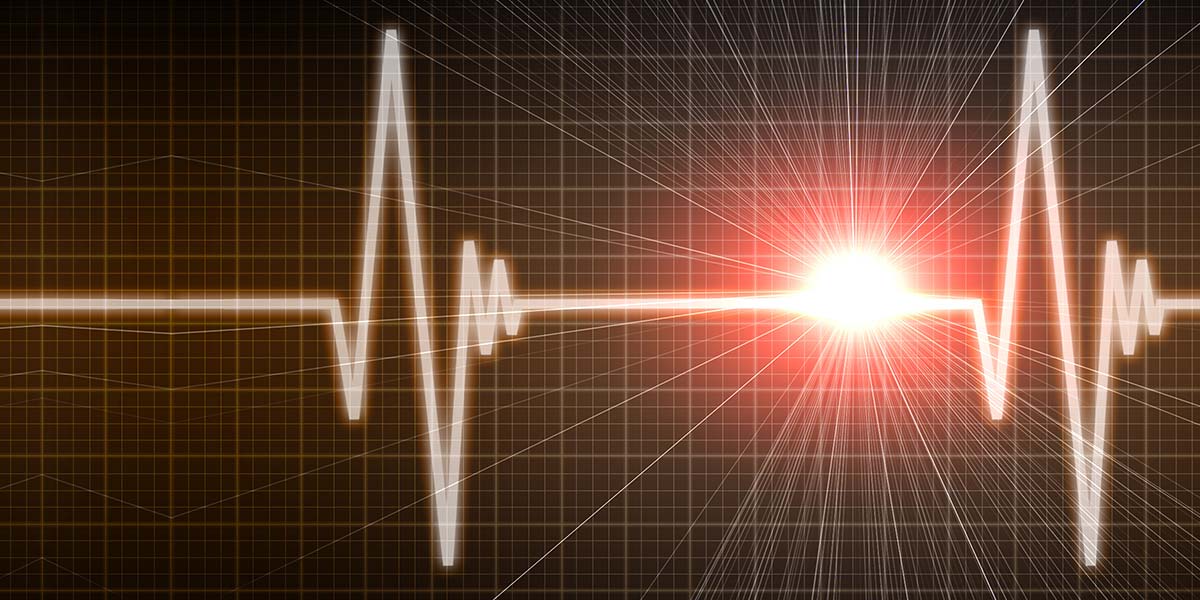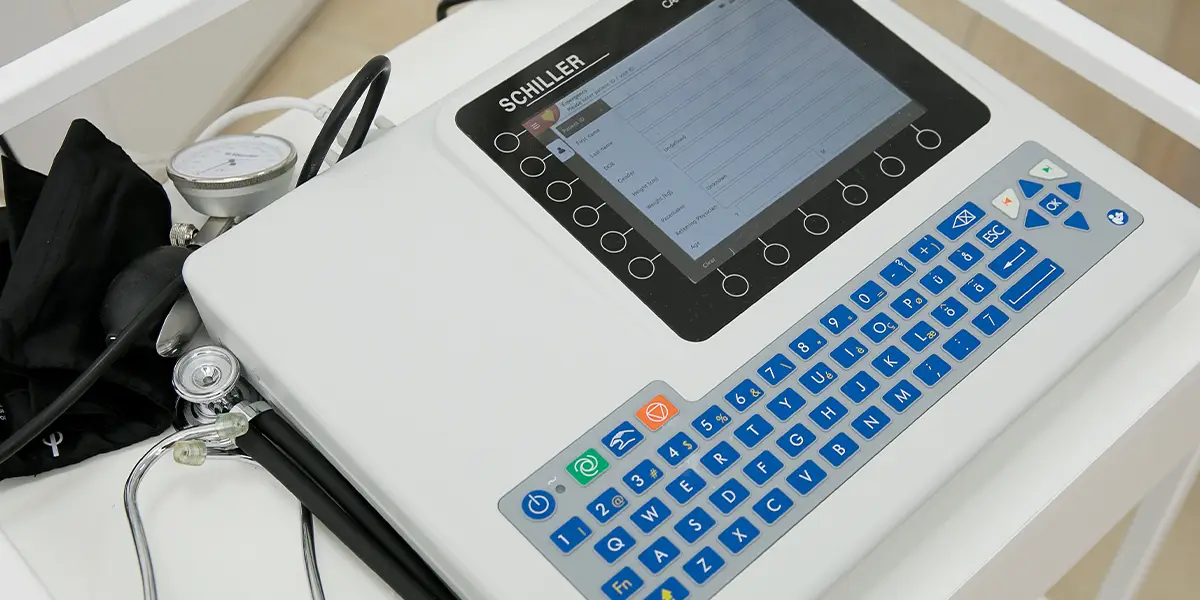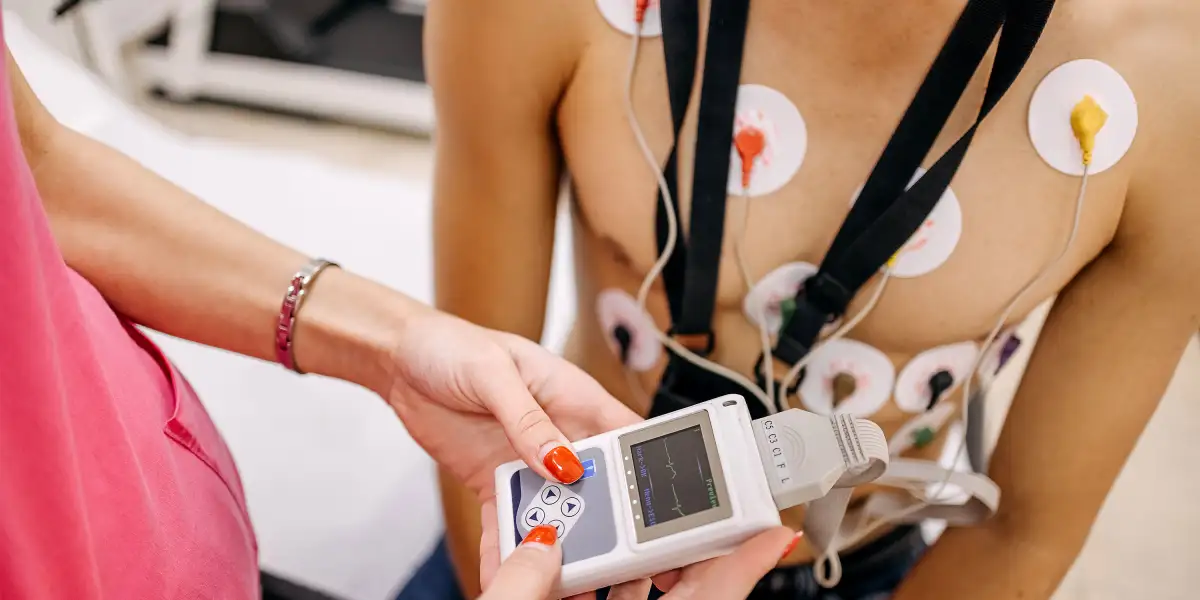In the ever-advancing realm of medical technology, Electrocardiogram (ECG) monitors stand as stalwart guardians of cardiac health. These devices, capable of recording the electrical activity of the heart, have transformed the landscape of cardiovascular diagnostics and patient care. This article delves into the intricacies of ECG monitors, exploring their technology, applications, advancements, and the pivotal role they play in monitoring and maintaining heart health.
Understanding the Electrocardiogram:
Before delving into the world of ECG monitors, it’s crucial to grasp the fundamentals of an electrocardiogram. An ECG is a graphical representation of the electrical activity of the heart over time. Electrodes strategically placed on the skin detect the electrical signals generated by the heart, producing a visual representation of the cardiac cycle. This representation, typically displayed as a series of waves, provides valuable insights into the heart’s rhythm, rate, and overall electrical conduction.
Technology Behind ECG Monitors:
- Electrodes and Leads: ECG monitors utilize electrodes that are attached to specific locations on the body, typically on the chest, arms, and legs. Leads, which are electrical vectors created by the electrode placements, capture the electrical signals produced by the heart.
- Amplifiers and Signal Processing: The weak electrical signals detected by the electrodes are amplified to create a readable ECG. Signal processing algorithms enhance the clarity of the ECG waveform, ensuring accurate representation of the heart’s electrical activity.
- Display and Recording: Modern ECG monitors often come equipped with digital displays that showcase real-time ECG waveforms. Simultaneously, the devices record this data, allowing healthcare professionals to review and analyze the information over a specified period.
- Portable and Wireless Connectivity: Advancements in technology have led to the development of portable ECG monitors that offer wireless connectivity. These compact devices allow for convenient monitoring, even outside traditional clinical settings.
- Smart Features and Integration: Some ECG monitors are integrated with smart features, including connectivity to smartphones or tablets. This integration facilitates real-time monitoring, data storage, and sharing with healthcare providers for remote consultation.
Clinical Applications of ECG Monitors:
- Diagnosis of Cardiac Arrhythmias: ECG monitors are instrumental in diagnosing various cardiac arrhythmias by providing a detailed analysis of the heart’s electrical activity. Conditions such as atrial fibrillation, bradycardia, and tachycardia can be identified and managed through continuous ECG monitoring.
- Ischemia Detection: The presence of ischemia, inadequate blood supply to the heart muscle, can be detected through specific changes in the ECG waveform. This is crucial for identifying individuals at risk of a heart attack and guiding appropriate interventions.
- Monitoring Heart Rate and Rhythm: ECG monitors help healthcare professionals assess heart rate and rhythm abnormalities, providing valuable information for the management of various cardiac conditions.
- Holter Monitoring: Continuous 24 to 48-hour ECG monitoring, known as Holter monitoring, is utilized to capture intermittent arrhythmias that may not be evident in a standard ECG. This is particularly useful for diagnosing conditions with sporadic symptoms.
- Exercise Stress Testing: ECG monitors play a pivotal role in exercise stress testing, where the heart’s response to physical exertion is evaluated. This aids in assessing cardiovascular fitness and identifying potential issues that may arise during periods of increased activity.

Advancements in ECG Technology:
- Ambulatory ECG Monitoring: Advances in ambulatory monitoring have led to devices that individuals can wear for extended periods. These ambulatory ECG monitors provide a more comprehensive picture of the heart’s activity in real-world scenarios, aiding in the diagnosis of intermittent cardiac issues.
- Mobile Health (mHealth) Integration: ECG monitors have embraced the era of mobile health, with some devices connecting seamlessly to smartphone apps. This integration allows users to monitor their heart health regularly and share the data with healthcare providers for remote assessment.
- Artificial Intelligence (AI) Integration: AI algorithms are increasingly being employed to analyze ECG data. This not only enhances the speed and accuracy of diagnosis but also has the potential to identify subtle patterns indicative of cardiac conditions that might go unnoticed by human eyes.
- Wearable ECG Technology: Wearable ECG devices, often in the form of smartwatches or chest straps, have gained popularity. These devices offer continuous monitoring, allowing users to track their heart health in real-time and receive alerts for potential irregularities.
- Telemedicine Integration: The global rise of telemedicine has spurred the integration of ECG monitors into virtual healthcare platforms. Patients can now undergo remote ECG monitoring, with results transmitted to healthcare professionals for timely evaluation and intervention.
Benefits of ECG Monitors:
- Early Detection of Cardiac Issues: ECG monitors enable the early detection of cardiac abnormalities, allowing for prompt intervention and management of conditions that could pose a risk to cardiovascular health.
- Personalized Treatment Plans: The data obtained from ECG monitoring aids healthcare providers in creating personalized treatment plans tailored to the individual’s cardiac profile, optimizing therapeutic outcomes.
- Remote Patient Monitoring: ECG monitors with wireless connectivity facilitate remote patient monitoring, enhancing accessibility to healthcare services and reducing the need for frequent in-person visits, especially for individuals in rural or remote areas.
- Holistic Cardiovascular Assessment: Continuous and ambulatory ECG monitoring provides a more comprehensive and holistic assessment of the heart’s function, capturing nuances that might be missed during brief clinical assessments.
- Patient Empowerment: Wearable ECG devices empower individuals to actively participate in their cardiovascular health management. Real-time data and alerts encourage proactive engagement with healthcare professionals, fostering a sense of ownership over one’s well-being.
Challenges and Considerations:
Despite the numerous advantages, ECG monitoring is not without challenges:
- False Positives: Automated analysis by ECG monitors may sometimes generate false-positive results, leading to unnecessary anxiety and additional testing.
- User Compliance: For wearable devices, user compliance is essential. Some individuals may be reluctant to wear monitoring devices consistently, impacting the reliability of the data collected.
- Cost Implications: While technology has made ECG monitoring more accessible, some advanced devices and services may still come with a significant cost, limiting widespread adoption.
- Data Security Concerns: The integration of ECG monitors with digital platforms raises concerns about the security and privacy of patient data. Ensuring robust cybersecurity measures is imperative to protect sensitive health information.

The Future of ECG Monitoring:
The future of ECG monitoring holds exciting possibilities, driven by technological advancements and a growing understanding of cardiovascular health:
- Smart Implants: Implantable ECG monitoring devices that continuously monitor heart activity could become more sophisticated, providing long-term data for individuals at high risk of cardiac events.
- Integration with Wearable Health Tech: The convergence of ECG monitoring with other wearable health technologies, such as blood pressure monitors and glucose sensors, could create a comprehensive health monitoring ecosystem.
- AI-Driven Predictive Analytics: AI algorithms may evolve to not only analyze current ECG data but also predict the likelihood of future cardiac events based on subtle patterns and trends.
- Enhanced User Experience: Improvements in device design, comfort, and user interface are likely to enhance the overall user experience, promoting greater adherence to monitoring regimens.
- Global Health Impact: The increasing accessibility of ECG monitoring in resource-limited settings, coupled with telemedicine initiatives, has the potential to make a substantial impact on global cardiovascular health by enabling early detection and intervention.
Conclusion:
Electrocardiogram (ECG) monitors have emerged as indispensable tools in the pursuit of cardiovascular health. From early detection of cardiac issues to real-time monitoring through wearable devices, the evolution of ECG technology has been transformative. As we venture into an era of personalized and remote healthcare, ECG monitors stand at the forefront, offering a window into the intricate workings of the heart. With ongoing advancements, these monitors are not just devices; they are guardians of well-being, empowering individuals and healthcare professionals alike to navigate the complexities of cardiac health with precision and care. The heartbeat of health, as monitored by ECG technology, continues to echo a promising future for cardiovascular medicine.

